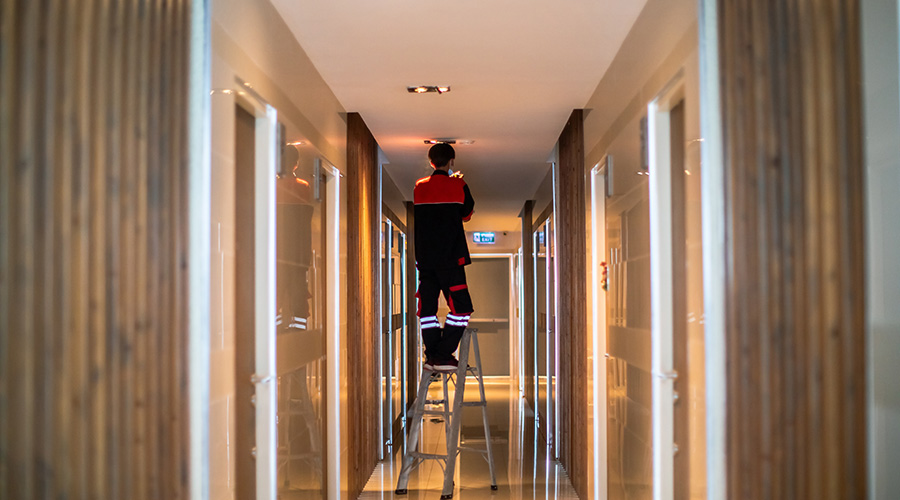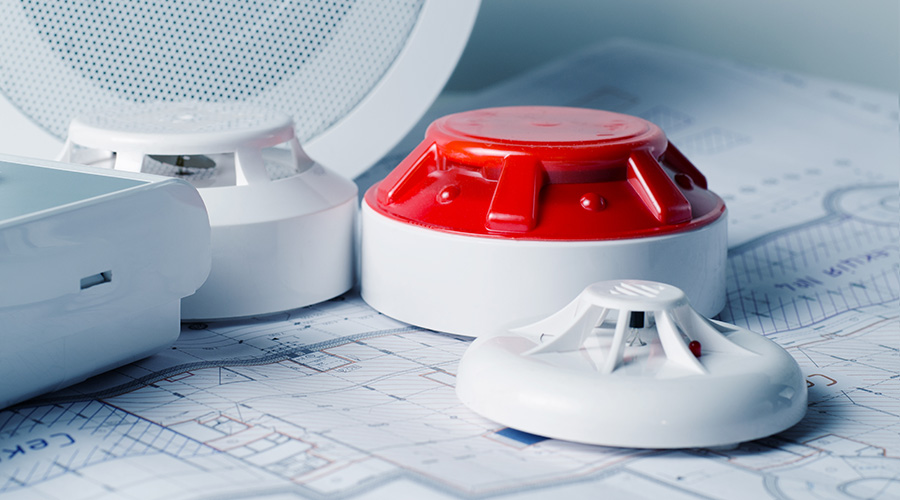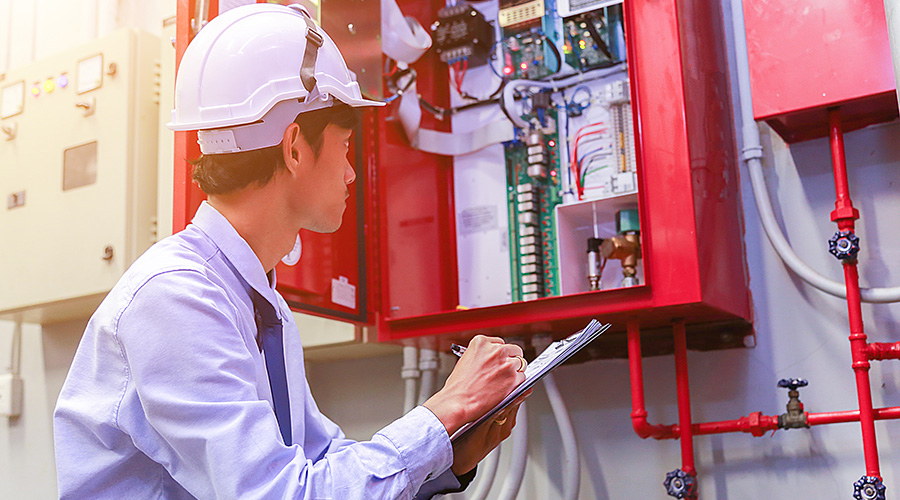Green Buildings, Like All Buildings, Must Mitigate Fire Risks
Green buildings are not more of a fire hazard than traditional buildings; how they mitigate fire risk is the key consideration.
Anyone who has seen a drought-dried vegetative roof or read about a building that burned down because firefighters couldn’t negotiate the solar roof panels to fight the fire, may automatically conclude that green buildings present a greater fire hazard than traditional buildings. But, according to a growing body of research, the conclusion that green buildings are less fire safe is simply not true.
“I want to make it clear that we are not saying green or high-performance buildings are inherently less safe than conventional buildings,” says Brian Meacham, associate professor in fire protection engineering at Worcester Polytechnic Institute, who has studied the intersection of fire safety and green buildings. “In fact, in many cases, they could be more fire safe, depending on the overall collection of fire safety systems installed.”
Indeed, experts argue that sustainability and fire safety are very much linked, and that, by definition, a sustainable building is a fire safe one. “Certainly a building that burns down is not green, regardless of how it was originally constructed,” says Louis Gritzo, vice president and manager of research for FM Global. Gritzo isn’t just being glib; he continues, “A green building must be resilient and sustainable in the long-term. A true green building is a fire safe one, and therefore fire safety is an integral part of sustainability.”
However, there are components of any building, whether green or traditional, which may require extra consideration for assessing fire risk. What facility managers need to be aware of, say these experts, are two main areas of consideration: First, which products and strategies — like PVs, green roofs, double-skinned building envelopes, or new kinds of insulation — may require additional thinking about fire safety and risk management? And secondly, are there green building strategies, technologies, or products that may create a greater hazard for firefighters attempting to fight a fire? And if so, how can those hazards be mitigated?
Careful on the Roof
In November 2012, Meacham and a team of researchers published a 162-page study titled “Fire Safety Challenges of Green Buildings.” The report identifies some 80 products, materials, and technologies, and explains why those could be hazardous from a fire safety standpoint, illustrates their potential severity as a risk if left unmitigated, and suggests mitigation strategies. For instance, the report identifies PVC rainwater catchment as a “moderate risk when unmitigated” because of its potential for “significant smoke production/hazard,” and suggests “limit volume” as the mitigation strategy.
A majority of the products, technologies, or strategies identified in the report have to do with roof or insulation technologies — including rigid foam insulation, spray-applied foam insulation, vegetative roof systems, and perhaps most notably, photovoltaics.
Photovoltaics are the one technology most discussed regarding the intersection of fire safety and green buildings. In and of themselves, PVs aren’t any more or less dangerous, than, say, a building with lots of coffee makers or space heaters. But one of the biggest issues regarding photovoltaics is whether they can be turned off if there’s a fire in the building, and the firefighters need access to the roof. “You’re talking about an electrified piece of equipment, that, in the past, you couldn’t disconnect,” says Craig Hofmeister, principal, with The Fire Consultants. With arc-flash or electric shock hazards, firefighters had to fight a fire with a less direct approach, increasing the potential for damage and loss.
“There have been significant fires where firefighters weren’t able to cut power,” says Ray Grill, principal with Arup. “Codes are addressing the impact on firefighting, and now specific codes are changing.”
One example is the 2014 version of the National Electric Code (NFPA 70) — specifically section 690.12, “Rapid Shutdown of PVs on Buildings.” The new code language requires conductors associated with a PV system to be capable of being de-energized on demand - within 10 seconds of emergency shutdown being initiated.
This change builds on a 2011 change to NFPA 1, Fire Code, that, according to Tracy Vecchiarelli, fire protection engineer with the National Fire Protection Association, included “a set of new requirements...to address the location, position, and dimensions of access paths in and around solar photovoltaic arrays.” The change allows fire fighters to operate in a safer manner around the arrays during an emergency, she says.
Related Topics:













